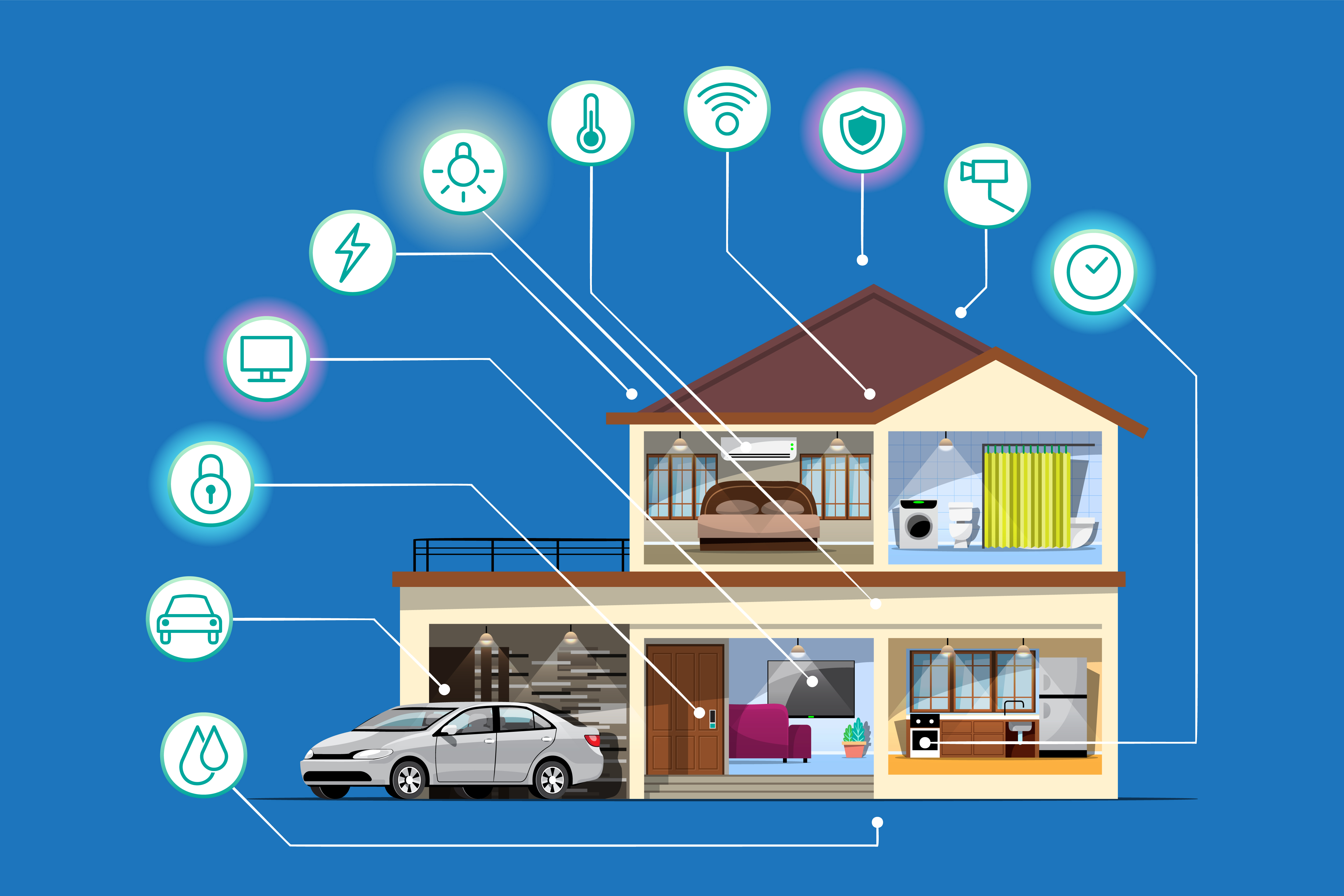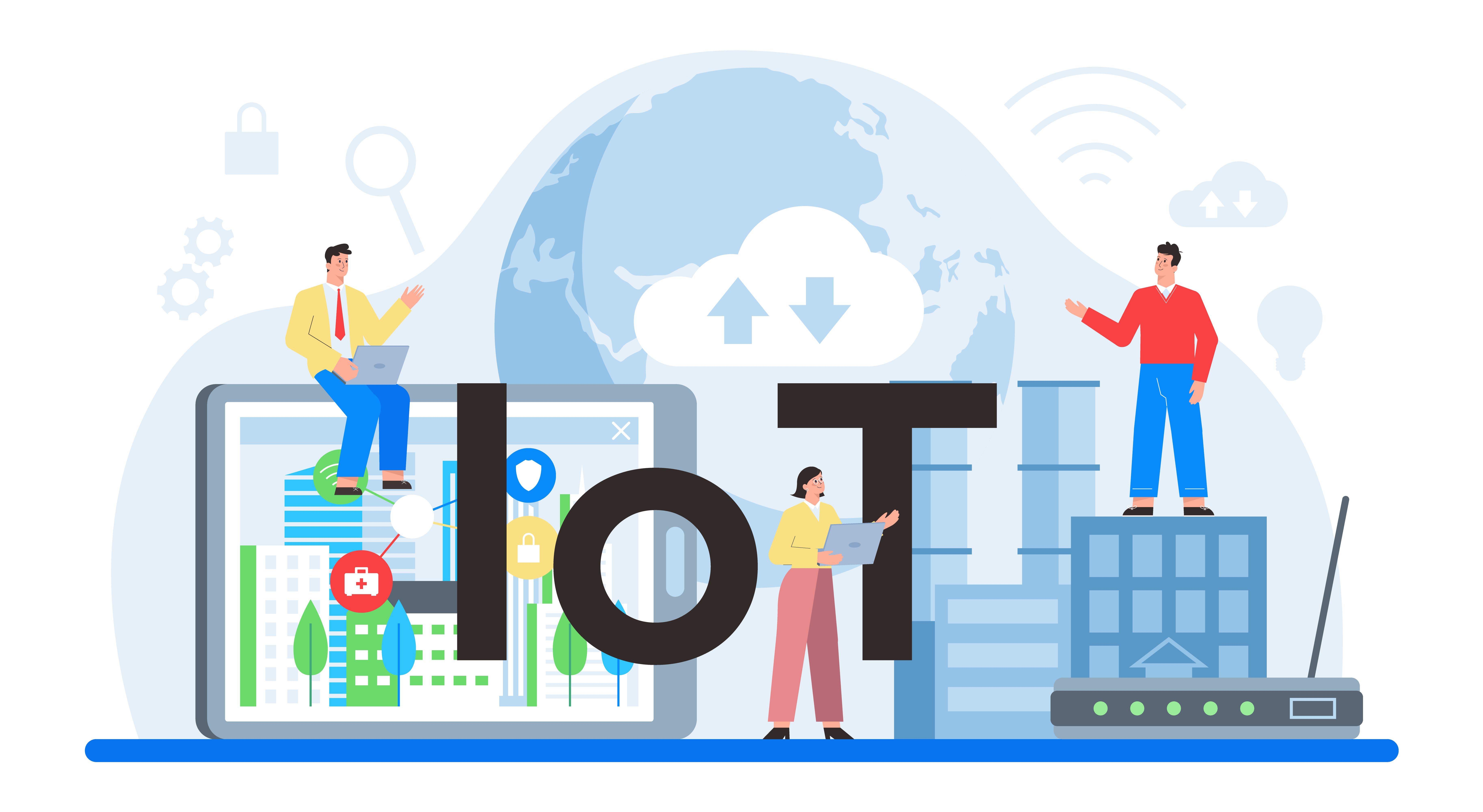Why Smart Utilities Are Shaping the Future of Sustainable Power Management
-
April 7, 2025
-
5 min read

The transition to smart utilities is simplifying the world of energy management. Driven by the pressing need for sustainability, efficiency, and reliability, these intelligent systems are poised to redefine how we generate, distribute, and consume power. However, the high aggregate technical and commercial (AT&C) losses faced by Distribution Companies (DISCOMs) have underscored the need for greater accountability and data-driven management.
To address this challenge, DISCOMs have turned to Advanced Metering Infrastructure Service Providers (AMI SPs), who act as intermediaries to implement smart metering solutions and ensure more accurate data collection, real-time monitoring, and better control over energy losses. In this article, we’ll explore the key components of smart utilities, the role of AMI SPs, their benefits, and their profound impact on sustainable power management.
Key Components of Smart Utilities
At the core of smart utilities lie several cutting-edge technologies that enable real-time monitoring, optimisation, and control of energy systems:
Smart Meters
Smart meters form the backbone of intelligent utility systems. These advanced devices provide granular, real-time data on energy consumption, empowering both utilities and consumers to make informed decisions. Airtel’s Smart Utilities offer insights into usage patterns, and help identify inefficiencies, reduce waste, and encourage energy-saving behaviours.
Edge Computing
Edge computing plays a crucial role in smart utility operations by enabling the processing of data closer to the source. While it aids in real-time analysis for optimizing energy flows and responding to demand fluctuations, it is often integrated with systems like HES (Head-End Systems) and MDM (Meter Data Management) to ensure efficient data management and analysis. These systems provide critical support in managing vast amounts of metering data across the utility network, enabling utilities to better forecast energy needs and improve operational efficiency.
Automated Distribution Management Systems
Automated Distribution Management Systems (ADMS) are integral to the operation of smart utilities, continuously monitoring and controlling the flow of energy across the grid. However, it is often the combination of HES and MDM that supports ADMS by providing accurate data and insights for optimal distribution management. These systems work in tandem to minimize losses and avoid unnecessary infrastructure investments. By dynamically adjusting to changing conditions, ADMS ensures energy is delivered efficiently and reliably, ultimately contributing to more resilient and effective grid management.
Benefits of Smart Utilities
The adoption of smart utilities brings a host of benefits that drive sustainable power management and enhance the overall performance of the energy system:
Efficiency Gains
One of the most significant advantages of smart utilities is their ability to help prevent energy losses and combat energy theft. These systems enable better monitoring and control of energy production and distribution, ensuring that losses are minimized and theft is detected. In fact, studies suggest that the integration of IoT in the electric utility sector could reduce air pollution by up to 30% by 2030, potentially saving 34,000 lives annually.
Predictive Maintenance
Smart utilities shift maintenance from reactive to predictive, allowing utilities to address issues before they escalate. By monitoring asset health and analyzing performance data, these systems optimize schedules, reduce downtime, and extend infrastructure lifespan, enhancing reliability and cutting emergency repair costs.
Consumer Empowerment
Smart utilities put consumers at the heart of the energy system, providing them with unprecedented control and insights into their energy usage. Through smart meters and user-friendly interfaces, consumers can access detailed consumption data, allowing them to make informed choices about their energy habits. This heightened awareness encourages energy-saving behaviours, reduces energy bills, and contributes to overall grid efficiency.
Cost Savings and Emission Reductions
By aligning energy production with real-time consumption patterns, smart utilities help DISCOMs better understand demand and supply dynamics. AMI SPs play a key role in this by providing accurate data, enabling more efficient energy distribution and minimizing waste. This optimization not only leads to significant cost savings for utilities but also reduces greenhouse gas emissions by minimizing the need for excess generation from fossil fuel sources.
Impact on Sustainability
The transition to smart utilities is a game-changer for sustainable power management, offering a range of environmental benefits and supporting regulatory compliance.
Environmental Benefits
Smart utilities play a critical role in helping DISCOMs achieve sustainable energy goals and mitigate climate change. By enabling better demand and supply management through AMI SPs, they help reduce energy waste, enhance grid stability, and facilitate the integration of renewable energy sources. This leads to lower carbon emissions and a cleaner energy future. Additionally, by optimizing energy production and consumption, smart utilities significantly contribute to reducing greenhouse gas emissions.
Regulatory Compliance
As governments and international organisations set ambitious sustainability targets, smart utilities help energy providers meet these goals more effectively. Further, they help establish:
- Alignment with global initiatives: Smart utilities help energy providers meet the sustainability benchmarks set by international agreements, such as the Paris Climate Accord.
- Transparent reporting: Advanced monitoring and data collection capabilities enable utilities to accurately report their progress towards sustainability goals, ensuring accountability and transparency.
Conclusion
As sustainable power management becomes increasingly important, reliable connectivity is essential for ensuring effective operation. Airtel’s IoT Connectivity enables real-time data transmission and analysis, helping DISCOMs and AMI SPs better understand demand and supply dynamics. This seamless connectivity ensures the efficient operation of smart utilities, optimizing energy use, and preventing energy theft. By providing secure, high-speed connectivity, Airtel supports businesses in making data-driven decisions and improving efficiency. As Airtel continues to invest in green energy solutions and innovative IoT technologies, the future of power management is becoming smarter, more efficient, and environmentally sustainable.
Smart utilities represent the future of sustainable power management, transforming how we generate, distribute, and consume energy. By leveraging technologies like IoT, edge computing, and automation, these systems optimize efficiency, minimize energy losses, and support DISCOMs in balancing demand and supply. Beyond improving cost efficiency and reliability, smart utilities play a critical role in reducing greenhouse gas emissions and advancing the transition to a cleaner, more sustainable energy future.
 Share
Share









